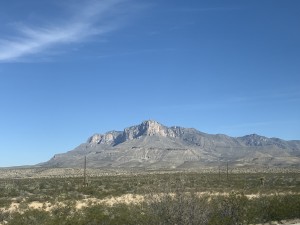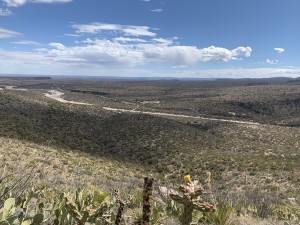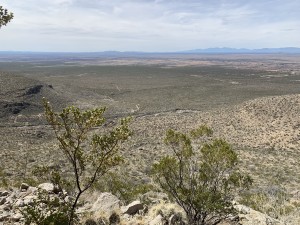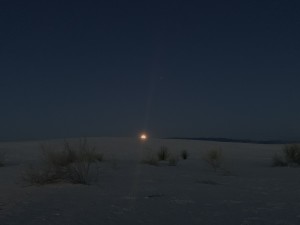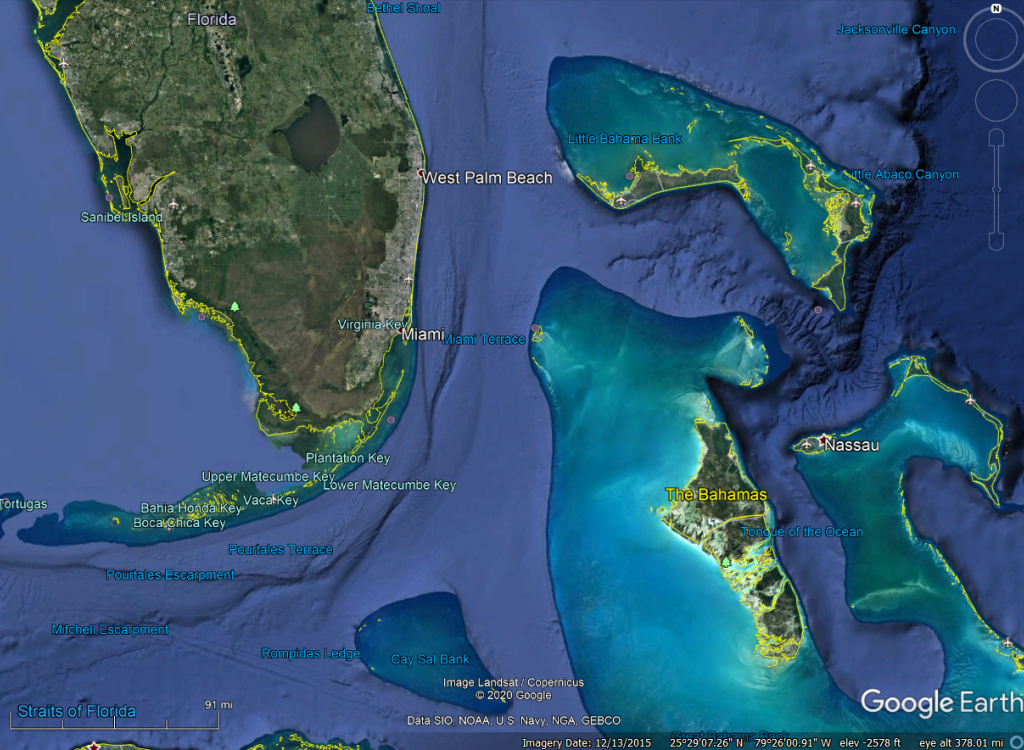Getting 200 of the world’s nations to agree on the steps needed to shift away from mankind’s century-long love affair with fossil fuels to clean, sustainable solutions might be the largest task humanity has ever undertaken together. As hard as I imagine it was to recover from devastating world wars and any number of horrible historic humanitarian crises, these could look small in dollars and the fortitude it will take for the citizens of the world to work together to solve our global climate crisis before it’s too late.
And because of that, the work that the United Nations is doing to address our climate crisis, including the recent Conference of the Parties (COP) in Madrid, is important for many reasons including:
2019 was the year that the University of Oxford’s Oxford University Press named “climate emergency” as its “word” (phrase) of the year after the use of those two words increased 10,800% between September 2018 and September 2019. Five or six years ago when I began my climate change work here at The Sink or Swim Project many people were unaware that earth was warming, much less the key reasons for these changes and their repercussions. As 2020 begins it’s clear that whether from Oxford University, research by Yale University or other sources, people all over the world now know that we have a problem and are increasingly being subject to its impact.
2019 was also the year that the United Nations issued its most recent forecast on earth’s temperatures and whether our society is doing enough, fast enough, to offset the worst impacts of our climate change crisis. In October, 2019 the IPCC illustrated that we are not making the type of progress needed to sufficiently influence future warming including the 2015 Paris Agreement’s goal of limiting warming to 1.5 degrees Celsius. You can review that report by clicking here.
Led by the United States in Paris in 2015, the world’s nations, nearly 200 of them, agreed that society must keep global warming under 2 degrees Celsius versus pre-industrial revolution levels and set a goal to work together to keep temperatures from rising no more than 1.5 degrees. The recent United Nations’ report, and the pathetic results from COP 25 in Madrid, again illustrate just how hard it will be to achieve these goals and the importance that the nations of the world have measurable goals and rules needed to attain them if we are to ever solve this crisis.
What was accomplished during two weeks of climate discussions in Madrid?
Not much.
“Once again, no progress has been made to bring countries more in line with the 1.5 degrees target of the Paris Agreement. Very strict rules are an absolute necessity and old untrustworthy CO-2 credits have to be scrapped. That has not happened in Madrid, the summit ended without a deal.”
Bas Eickhout, European Parliament Member
The United States is the second largest emitter of greenhouse gases in the world today (and historically has been the largest), yet our current President, calling it a “bad deal,” has announced that our country will withdraw from the Paris Agreement this year. Lacking the United States’ vision, deep engagement and leadership in solving the crisis, the world is a different place today than it was in 2015. Words like “failure” and “disarray” are being used to summarize the outcome in Madrid.
I am disappointed with the results of #COP25. The international community lost an important opportunity to show increased ambition on mitigation, adaptation & finance to tackle the climate crisis. But we must not give up, and I will not give up.
António Guterres, United Nation’s Chairman, December 15, 2019
And while many of the world’s biggest nations – Australia, Brazil and, sadly, the United States – seem intent on “kicking the can down the road” as they say, doing little or consciously overlooking the issue, the people that I talk to at my lectures and other events are intent on learning, are openly wondering about what will happen, craving leadership and increasingly express being worried. I am worried too and the lack of progress at a global meeting on the climate change crisis that draws nearly 200 nations yet gets little done should concern us all.
Speaking of Oxford as I was, the University wrote in November, 2019 that 70% of British citizens live in areas which have already declared a climate emergency.
70% (!).
In one country.
In 2019.
Keeping in mind that the repercussions from our warming climate have only just begun and are about to get far worse without significant action by you and me and our governments, it is not surprising that a recent poll found that 52% of people in the United Kingdom are “very concerned” about climate change. What’s significant about that poll and figure is that just five years ago only 18% were “very concerned”.
People are listening. Reading. Learning.
Sure, the lack of meaningful action in Madrid is disappointing, but there are encouraging signs all around us that a world-wide movement, one often led by the youngest in society, to address this crisis is not only alive and well but growing. Significantly growing. No matter what you hear from politicians in Washington, San Paolo or other places intent on protecting the polluters, don’t overlook the use of the phrase “climate emergency” increasing by 10,800% in a year’s time or that the number of people in an entire country that call themselves “very concerned” about that very same emergency would triple in five years time.
People are starting to see the effects.
They are starting to widely understand that the world must come together to solve this problem.
And we, and by “we” I mean all of us with voices and votes and currency and feelings the world over, are finally on the verge of demanding that all political and business leaders understand the climate emergency and are focused on fixing it.
No more meetings that do nothing. Otherwise those so called “leaders” will need to understand that we will replace them and/or boycott their products and services in favor of those who are serious about solving the issue and that’s not intended as a threat or “big” talk or what-not.
It’s reality.
It’s what 10,800% tells me.
That percentage and these other figures illustrate that we are leaving an era of early education, one of tolerance, and are now entering an era of action because people increasingly know that the “climate emergency” is upon us and that the time to fix the problem has arrived at the dawn of the new decade that is 2020.

